Es Teler, in literal translation is drunken ice, but with zero amount of alcohol in it. The word “teler” or drunken, came from a customer who commented that the ice drink made them drunk as it is too delicious. But in fact, Es Teler is a name for a variaton of fruit cocktail mixed with shaved ice. It originated from es campur or mixed ice, added with a few of new ingredients, thus, became Es Teler.
As a tropical country, there are so many variations of tropical fruit drinks in Indonesia. A few cuts of avocado, young coconut, grass jelly, and jackfruit can be found inside one portion of Es Teler serving. With added sugar, coconut milk, sweetened condensed milk, and pandan leaf, it has a fragrant aroma and a sweet flavor. Its colorful appearance will awaken your appetite.
Es Teler is perfect to drink for Jakarta’s hot weather in dry season. Es Teler menu can be found in restaurants, as well as by the side of the street, sold by street peddlers in their carts. And because majority of Indonesian population are Muslim, especially around Ramadhan or the fasting month, many people are selling Es Teler as takjil or appetizer before iftar comes. It is to freshen the throat before eating a full meal.
The original creator of Es Teler, Tukiman Darmowijono was selling es campur in a small cart in some street in Jakarta in the 1970’s. After starting to sell Es Teler, his business had been grown rapidly ever since. In this present day, his stall is still standing in the heart of Jakarta, known as Es Teler Sari Mulia Asli.
With a price as affordable as IDR 23.000 or around $1.5 USD, you can have a glass of fresh and sweet Es Teler on your table. Not only Es Teler, but you can also choose to have other menu of ice fruit drinks such as avocado ice only, coconut ice only, or just a simple orange juice.
Join our Food Tour, and we will take you to experience a refreshing journey. Taste a glass of Es Teler, a drunken ice that will not make you drunk, but make you sober instead!
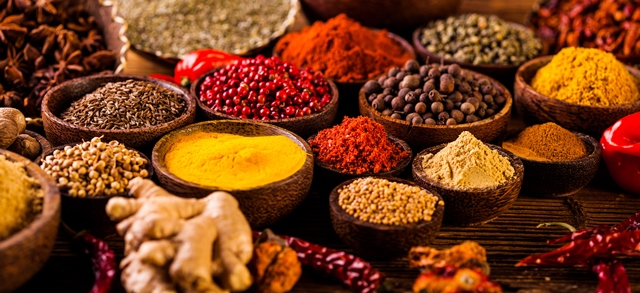
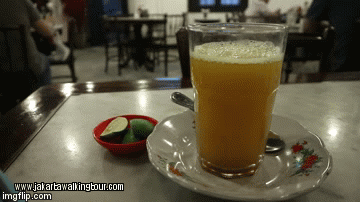
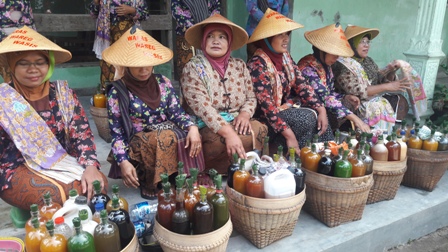
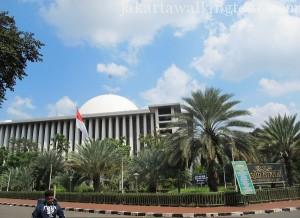
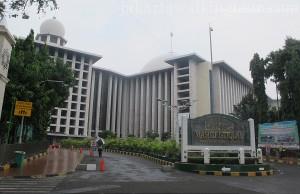
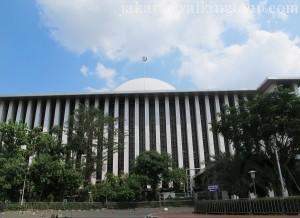
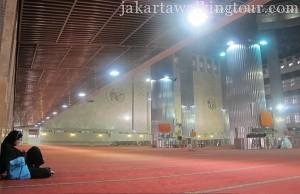
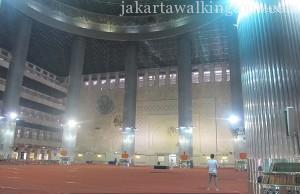
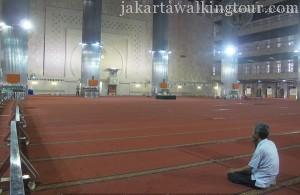
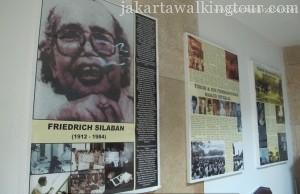


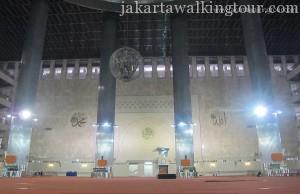

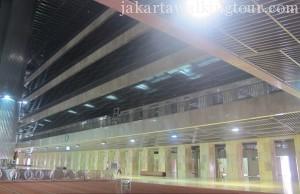
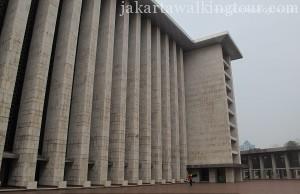
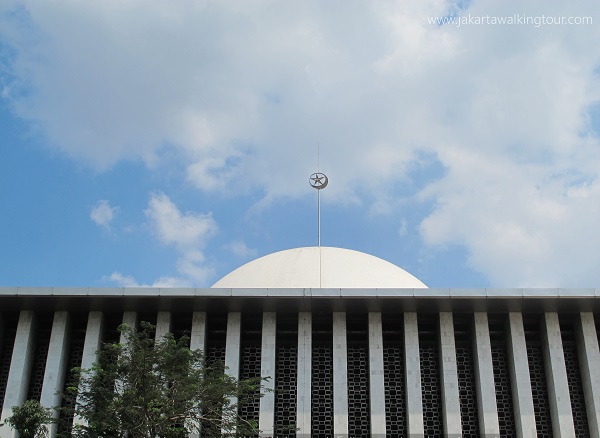
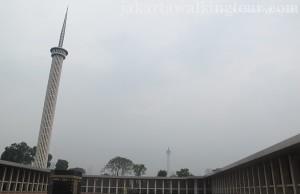

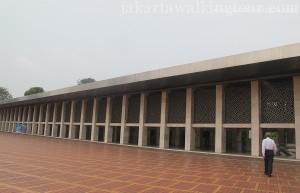
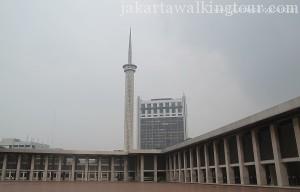
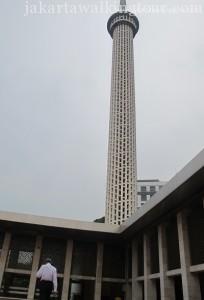
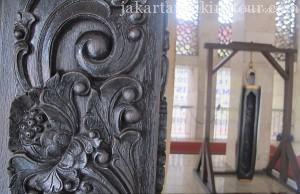
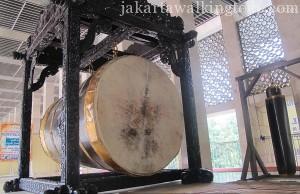
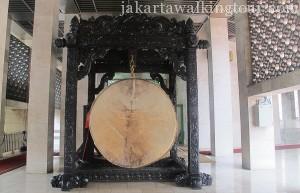
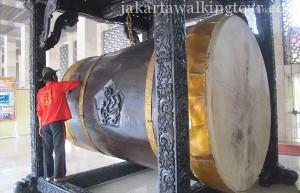
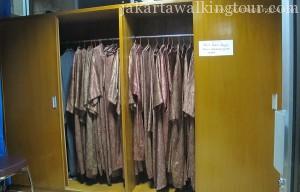
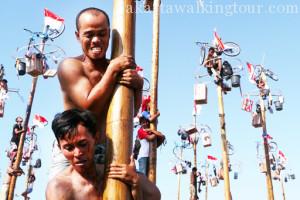
![Source : kaskus[dot]co[dot]id](https://jakartawalkingtour.com/wp-content/uploads/2015/08/kaskus.co_.id_.jpg)